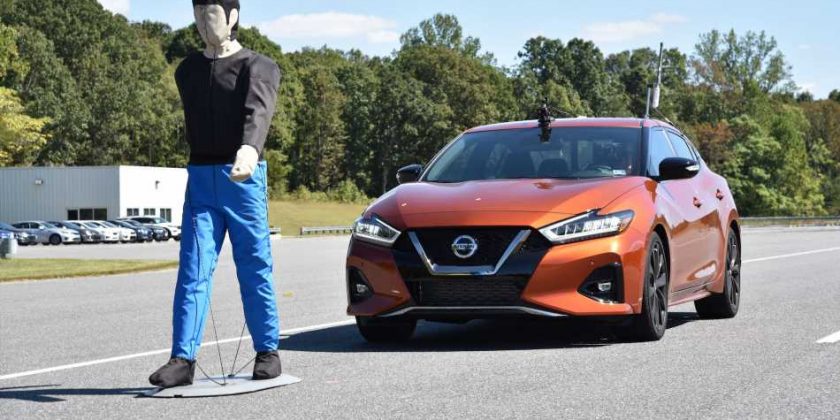Traffic fatalities dropped 2% in 2019 despite a 1% increase in miles driven, the NHTSA confirmed on Thursday.
The 36,096 traffic fatalities in 2019 were fewer than projected, marking a 2.8% decrease from 2018 in passenger car fatalities. It marks the third consecutive year of declines from a post-recession high point of 37,806 traffic fatalities in 2016.
“Safety is our top priority so this report that traffic fatalities appear to have decreased again for the third year is great news,” said U.S. Transportation Secretary Elaine L. Chao.
At the same time, the total number of vehicle miles traveled increased 0.9% in 2019.
Of the ten NHTSA regions across the country, only the southeastern part of the United States experienced an increase in traffic fatalities. While organizations such as the IIHS are touting the proliferation of driver assistance systems and standard safety technology for the decline in traffic fatalities, the NHTSA isn’t ready to cite a cause.
“It is too soon to speculate on the contributing factors or potential implications of any changes in deaths on our roadways,” the report said.
The data points to a promising trend, however. Pedestrians deaths decreased 2.7% in 2019, after hitting a 28-year high in 2018, when 6,227 pedestrians were killed, according to the Governors Highway Safety Association. The number of cyclist deaths also dropped 3% in 2019.
The estimates are based on data from the Fatality Analysis Reporting System, as well as other sources, which is why it takes a while to compile annual data.
Preliminary estimates for the first half of 2020 indicate a further decline in traffic fatalities due in part to the decreased traffic volume from shelter-in-place restrictions arising from the Covid-19 pandemic. But that could be misleading. The amount of miles driven dropped more significantly than the drop in traffic fatalities, so the fatality rate per 100 million vehicle miles traveled has actually increased in the first half of 2020 compared to the first half of 2020.
Source: Read Full Article
